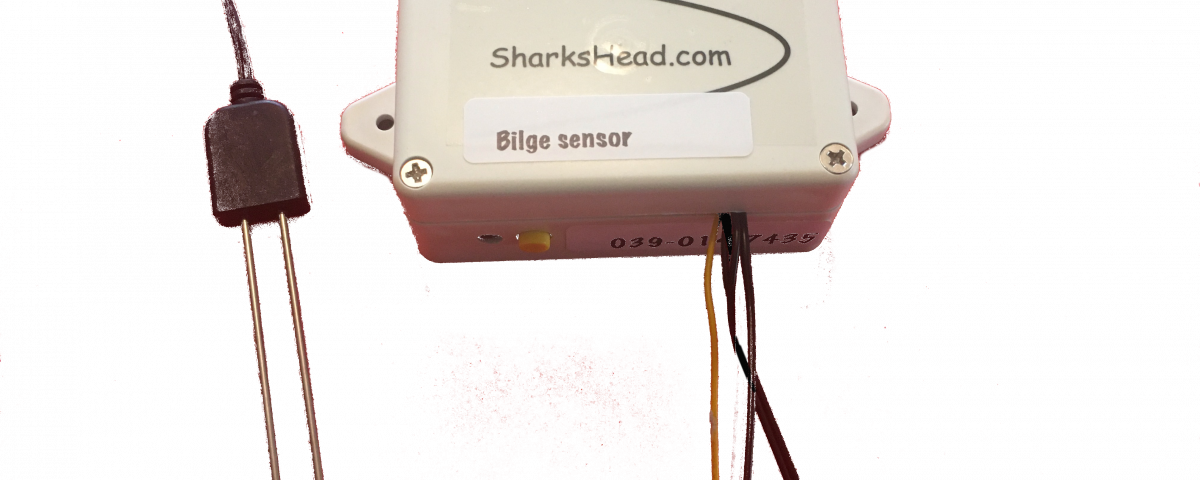Shark’s Head press release, March 2021
How often is your bilge pump really kicking in ?
Shark’s Head, the established developer of microcontroller solutions and Australian manufacturer of marine electronics equipment, releases its new “smart bilge sensor”:
“This new module not only detects high bilge water levels in case the bilge pump cannot keep up or is blocked by debris, it also measures how often and for how long the bilge pump turns on”, says Graeme Elsworthy, the principal programmer of Shark’sHead.
Also, the user can see the bilge pump supply voltage as well as the bilge temperature allowing the user to detect anomalies long before they cause serious problems.
Bigger boats, wooden boats as well older boats often have a small trickle of water running into the bilge day and night. At first there is no need to alarm anyone as the pump kicks in at regular intervals. How does one detect a bigger leak then, where the pump all of a sudden runs much more often than usual?
This is where our smart sensor comes in: A threshold notifies the user in those cases. This notification can happen via an on-board alarm, SMS or email.
The user can also see the bilge pump supply voltage as well as the bilge temperature: A sudden drop in the supply voltage while the pump is running could mean that the batteries are depleted or the wiring to the bilge pump has corroded. The historical graph is very useful to spot a slow deterioration.
Lastly, the bilge temperature information could be of importance to users in extreme climates or to keep a tab on the engine room.
All our sensor modules work independently and report back to a central server via a wireless link. It’s possible to deploy a large number and different types of sensors around the vessel, e.g. in the engine room, owner cabin, crew quarters or the galley. The fully automatic and dynamic network routing system allows deployment even where sensors cannot receive the radio signals from the central hub directly.
The central server contains two radios that can be used license-free and world-wide: one to talk to the sensors and one WIFI interface for the graphical web-based user interface. It also hosts the database which allows easy analysis of historical sensor data. The fast web interface eliminates the need for installing and updating a separate app.
